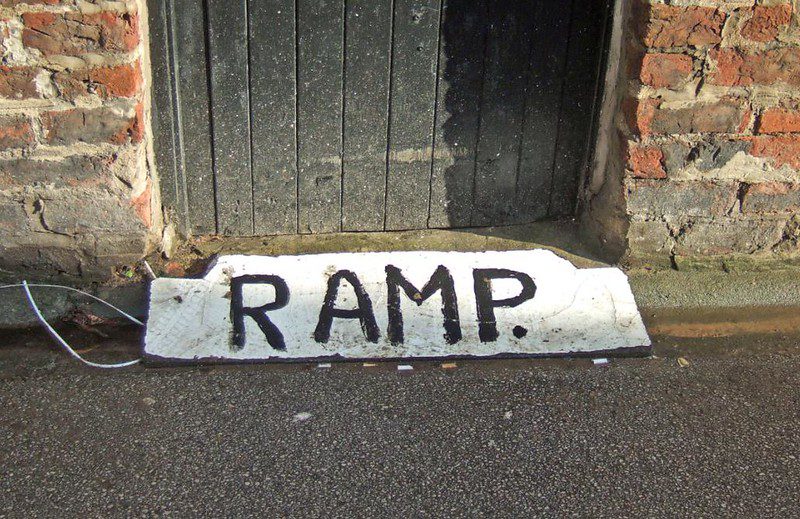
The U.S. Supreme Court’s decision in Texas Department of Housing and Community Affairs v. Inclusive Communities Project Inc. (TDHCA v. ICP) was a major victory for fair housing—perhaps the greatest since the passage of the Fair Housing Act in 1968. The justices affirmed the use of “disparate impact” claims to challenge housing policies. These are cases in which a defendant is sued for actions that negatively affect people of color and others protected under the Fair Housing Act without requiring that a plaintiff show a defendant’s discriminatory intent.
The Supreme Court’s ruling sent ICP’s original complaint against TDHCA back to the U.S. District Court for further review. Last month, Judge Sidney Fitzwater dismissed the underlying ICP complaint, holding that it did not meet the prima facie burden of rigorous proof in identifying the specific TDHCA policy that caused racial disparities in the location of tax credit housing in the Dallas area.
Some who have not followed the case closely have claimed that Judge Fitzwater’s decision dealt fair housing a hard blow, while others have said the district court ruling means that the extensive segregation of Low Income Housing Tax Credit apartments in Dallas has been declared “legal.” But this is nonsense.
The facts are:
- The ICP case exposed the racial isolation of African-American households in government subsidized housing that is now widely acknowledged to be legally and morally wrong;
- In response to this showing of racial isolation, the state of Texas examined its policies and modified its system of awarding housing tax credits, enacting a racially neutral policy change to reduce housing segregation and to begin to provide more affordable housing in “high opportunity” neighborhoods; and
- The court’s landmark ruling upholding disparate impact claims under the Fair Housing Act is unaffected by the lower court decision.
The case brought attention and reform to a long-ignored injustice. ICP showed that year after year, TDHCA funded developers built apartments mostly in the low-income, predominantly African-American neighborhoods in South Dallas and seldom in less segregated, higher income, majority white neighborhoods. This is at odds with the integration mandates of the Fair Housing Act and the requirement of government entities to affirmatively further fair housing. The ICP lawsuit exposed this problem and forced the responsible parties to address it.
After Judge Fitzwater’s original ruling in ICP’s favor in 2012, TDHCA, to their credit, developed and implemented a plan to reduce the disparate racial impact of the location of its housing tax credit funded developments. Over the next few years, the agency awarded funds for apartments all across the Dallas area, including in majority white neighborhoods that had never had any subsidized affordable housing—places with good schools, lower crime, less flooding, and easy access to jobs; the kinds of places where many families of color had not had the choice to live.
Texas Attorney General (and now governor) Greg Abbott appealed the 2012 decision all the way to the Supreme Court. The high court ruled that disparate impact claims were valid under the Fair Housing Act—an essential new tool to confront housing discrimination as discrimination is practiced today. Policies and practices by government agencies can now be assessed to determine if their outcomes disparately harm people from the act’s protected classes. Coupled with the Obama administration’s new rule on affirmatively furthering fair housing (which was not at issue in the ICP case), the Supreme Court’s disparate impact definition gives fair housing enforcement more teeth than ever.
In the original complaint, ICP charged that the disparate impact of the location of tax credit housing resulted from “discretion” exercised by the TDHCA board of directors in its awarding of housing tax credits. I know the state housing officials involved and I know they resented the implication that they had acted in a racially discriminatory manner. This was the initial motivation for their appeal. Later, political objectives added fervor. Politicians outside the housing arena sought to use the case as a vehicle to strike down disparate impact claims across the board. They sought to bar disparate impact claims against insurance companies, banks, and other entities. For the people seeking that outcome from the ICP case, the state’s appeal produced a disastrous outcome.
For the plaintiffs, Judge Fitzwater’s ruling in the rehearing was also a disappointment. The judge ruled that the state’s discretion in this case did not fit the disparate policy or practice standard. But this decision—technical, narrowly drawn, and this district judge’s alone—will not be, I suspect, the final word on the ICP complaint. The complaint can still be appealed or refiled in a manner more tailored to fit the Supreme Court’s ruling.
Here on the ground in Texas, the outcome of the ICP case has been transformative. The case has changed housing locational decisions forever. The editorial board of the Dallas Morning News recently praised the effect of ICP’s case on expanding housing opportunity and noted that the dismissal “shouldn’t be interpreted as giving communities cover to continue segregating affordable housing.” That’s spot on. If—and we have no reason to believe it will—TDHCA ever returns to the old system of awarding tax credits disproportionally in high poverty, African-American segregated neighborhoods, the new standard for disparate impact would make the housing agency extremely vulnerable to a fair housing complaint. Let’s give some credit to the state. TDHCA’s remedial actions have demonstrated that the state has altered its guidelines, in a race neutral manner, to produce a less racially discriminatory outcome.
Do not misunderstand: I’m not saying the state is fully compliant with the Fair Housing Act. There are many higher income, majority white Texas communities that have managed to keep out all forms of subsidized housing in order to maintain racial segregation. State house members have enacted a law that lets them block housing tax credits from their districts. There is overbuilding of elderly only housing in desirable neighborhoods, as state elected leaders work with white neighborhood leaders to prevent non-elderly people of color and their children from moving into their communities.
There is a lot more Texas can and must do to comply fully with fair housing requirements. ICP and organizations like mine will be around to point those things out.
Perhaps you have to be a Texan to appreciate the changes going on here. Thanks to the ICP lawsuit, the state has demonstrated that there is a less racially discriminatory way to fund construction of affordable housing than was the policy when the ICP case was filed. Having found a better way, there is no going back to segregation.
Local and state governments across the country must be aware that the tool of disparate impact will be employed against them too if they fail in their duty to end unlawful housing discrimination–intentional or not.
It shouldn’t have taken all the time and money expended on this case to get to this better place. But now that we are here, it is a very good thing for everyone.
(Photo credit: duncan c. via Flickr, CC BY-NC 2.0)





Comments